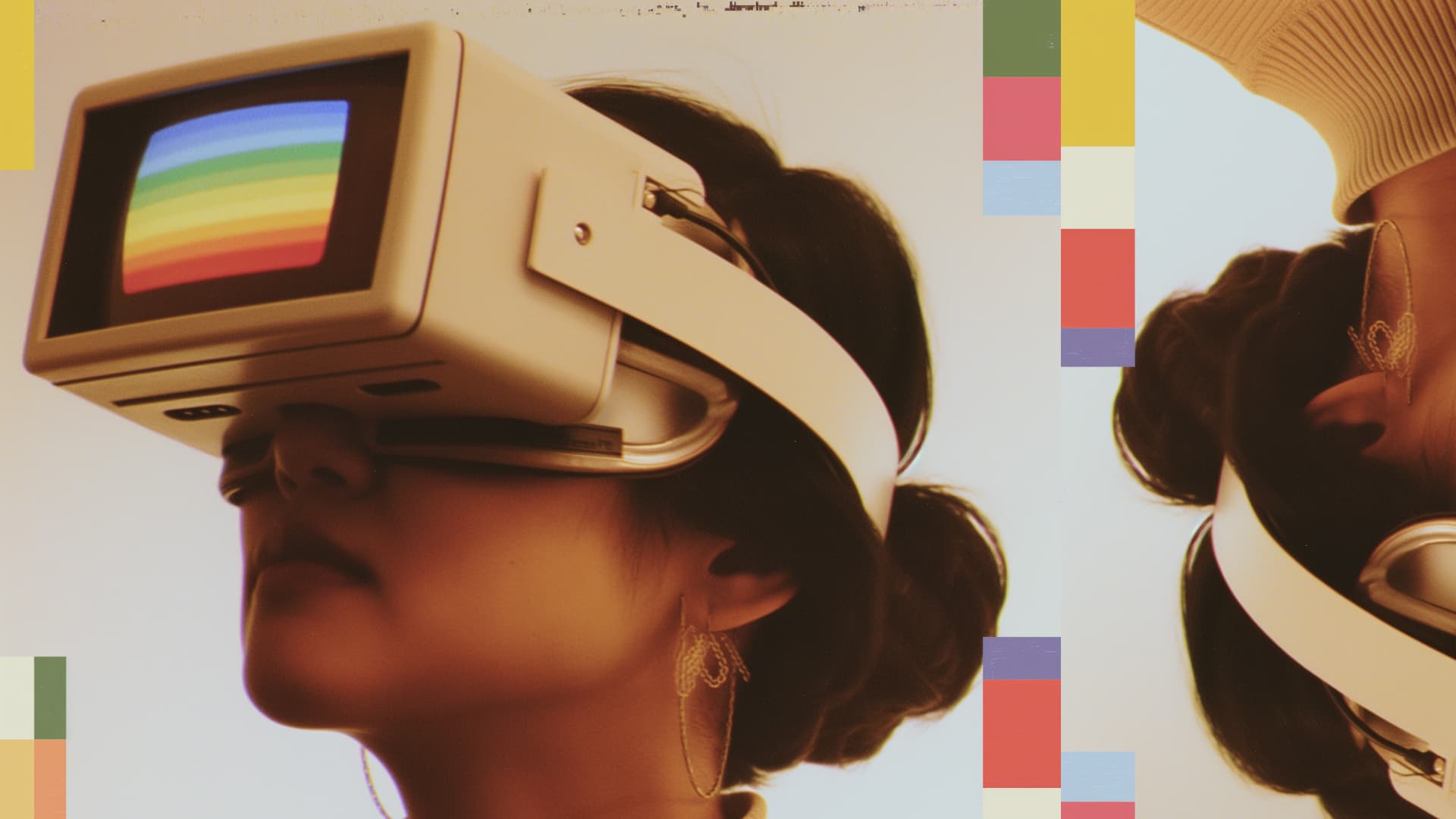Today - as in, literally right now - we have the tools to create completely immersive spatial commerce experiences.
However, it is clearly early days for spatial commerce and its applications to the broader shopping landscape. Most brands are not yet taking advantage of the possibilities. A floating product page with your living room or virtual scene as a background is not truly spatial commerce - it is simply commerce on a headset.
Today’s Best Spatial Commerce Experiences
Visualize a couch in your living room. Sit inside a luxury automobile. See a 3d handbag real size next to you. This is how brands like Ikea, Audi, StockX are ushering in the era of spatial commerce - be it via headset or phone. Regardless of hardware, all the best examples share these core principles:
Additive Context
How will a couch look in your space? Can that new fridge fit where your current one is? Spatial commerce adds the context of your home or a chosen destination. Products are no longer just floating detached on white backgrounds.
Powerful Visualization
Being able to see something like a handbag at scale, 3D, while sitting on your couch at home is pretty mind blowing – and also just downright useful. It helps customers make informed purchase decisions while also entertaining them a bit.
Relevant Utility
For now, VR headsets are a new, fun “thing.” But as their newness shine wears off, their utility stock will need to rise. VR promises to actually make some tasks easier - such as home renovation, interior design and even trip planning (if you tour Versailles on a headset instead of waiting in line for hours does it count?)
Unparalleled Physical Comfort
In the early days of commerce, the idea of shopping at home was revolutionary. With mobile, it was shop “anywhere”. With spatial however, comes fewer neck and wrist strains. One can literally sit back on their couch and look at items eye level and use simple, natural hand gestures to navigate.

Do What Makes Sense For Your Brand
Not every item (hello laundry detergent) needs 3d visualization or to be viewed in situ. But every brand does need to start thinking about how to leverage spatial commerce in a way that makes sense.
As you explore spatial commerce applications, ask yourself:
- Would it help to see my product in context? Visualizing furniture and decor placed in the consumer’s home may be the most common example for now, but mix and match with current apparel items is on the rise too.
- Is there an interior to explore? From touring homes to sitting in a high end car, being “in situ” is a powerful shopping experience. But interiors can be small too - seeing the inside of a handbag, the organization of a cookware drawer are also helpful applications.
- Does my product change my customer’s appearance? For almost a decade, beauty brands have been experimenting with virtual try ons. Advances in spatial computing will make these experiences even more realistic and enable layering of more than one product and viewing results in different settings with variable lighting.
- Is there a general before and after? Imagine using spatial computing to see the potential result of a car finish application, power washing and you knew we would get back to it, laundry detergent.
Consider in-store use in addition to in home use
Lowe’s innovation labs is experimenting with having customers wear Apple Vision Pro headsets in store to design kitchen spaces that work with their dimensions and budget. This approach overcomes the current hardware access challenges and provides a more compelling in store experience. Imagine having in store headsets so customers can visualize items in their homes (with imported images), see out of stock items, or simply have a different, fun experience that differentiates your store.
Start working out your spatial muscle
It is estimated that over 20% of US households now own a VR headset, be it Oculus, Apple Vision Pro or another brand. This is the time to start designing a spatial experience. You are not too late, but you will be soon if you do not think about how to take your commerce experience to the next level.
About The Author
Michael Janiak is the co-founder and Executive Creative Director of Pattern. With a long history of working with brands ranging from pre-launch startups to Fortune 500 enterprises, Michael's mission is to continually harness the power of good design to help founders, disruptors and visionaries find their place at the intersection of culture, community & commerce. A creative director, designer and artist, Michael has been working across interactive design, graphic design, motion graphics, video & integrated campaigns for over 20 years. A lifelong surfer, snowboarder and skater, Michael likes to spend his free time outdoors, creating graphic art & typography experiments, minting NFTs and traveling with his family to new & exciting places around the world.
About Pattern
Pattern helps brands unlock their next catalyst moment through experience-driven eCommerce. We design modern brands, eCommerce experiences, products & platforms that help founders, disruptors and visionaries find their place at the intersection of culture, community & commerce.






No Comments.